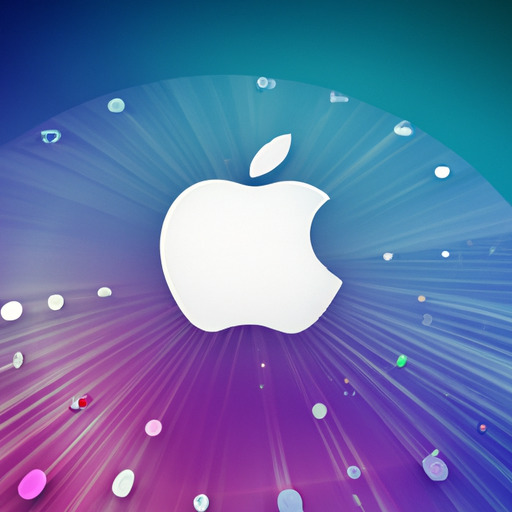Innovations in Artificial Intelligence (AI) have been on the rise in recent years, and tech giant Apple is known for its cutting-edge advancements in this field. However, their latest move has stirred up some controversy – Apple wants AI to run directly on its hardware instead of in the cloud. This decision has raised questions about the effectiveness and implications of on-device processing. In this blog post, we will delve into the details of Apple’s strategy and explore the potential impact it could have on the world of AI.
First, let’s understand the concept of on-device processing. Currently, most AI tasks are performed in the cloud, meaning they require a connection to a remote server for processing. This can result in delays and potential security risks. On the other hand, on-device processing refers to AI tasks being performed directly on the device, eliminating the need for a connection to the cloud.
So why is Apple opting for on-device processing? According to the company, this approach offers a higher level of privacy and security for their users. With on-device processing, sensitive data stays on the device instead of being stored in the cloud. This can be especially appealing for users who are concerned about their personal data being accessed by third parties.
In addition to privacy and security, on-device processing also offers increased efficiency. With tasks being performed directly on the device, there is no lag time for data to be sent to and from the cloud. This can result in faster and more responsive AI performance, making it a desirable option for those using AI for real-time tasks.
However, some experts have raised concerns about the limitations of on-device processing. One of the main issues is the limited processing power of devices. Unlike cloud servers, devices have finite resources and may not be able to handle complex AI tasks, especially when it comes to deep learning algorithms. This could potentially affect the accuracy and reliability of AI results on-device.
On the other hand, there are also advantages to cloud-based AI processing. The cloud offers virtually unlimited resources for AI tasks, making it possible to perform more complex and accurate calculations. Additionally, it allows for easier collaboration and data sharing among different devices and users.
Apple’s push for on-device processing is not without competition. Other tech giants such as Google and Amazon have also been investing heavily in on-device AI processing. However, with Apple’s strong reputation for privacy and user-friendliness, this move could attract more users to their products and set a new standard for AI processing.
In conclusion, the shift towards on-device AI processing is a significant development in the world of technology. While it offers benefits such as increased privacy and efficiency, there are also concerns about its limitations. Only time will tell if Apple’s strategy proves to be successful, but one thing is for sure – the future of AI is looking more and more like it will be on our devices instead of in the cloud.
